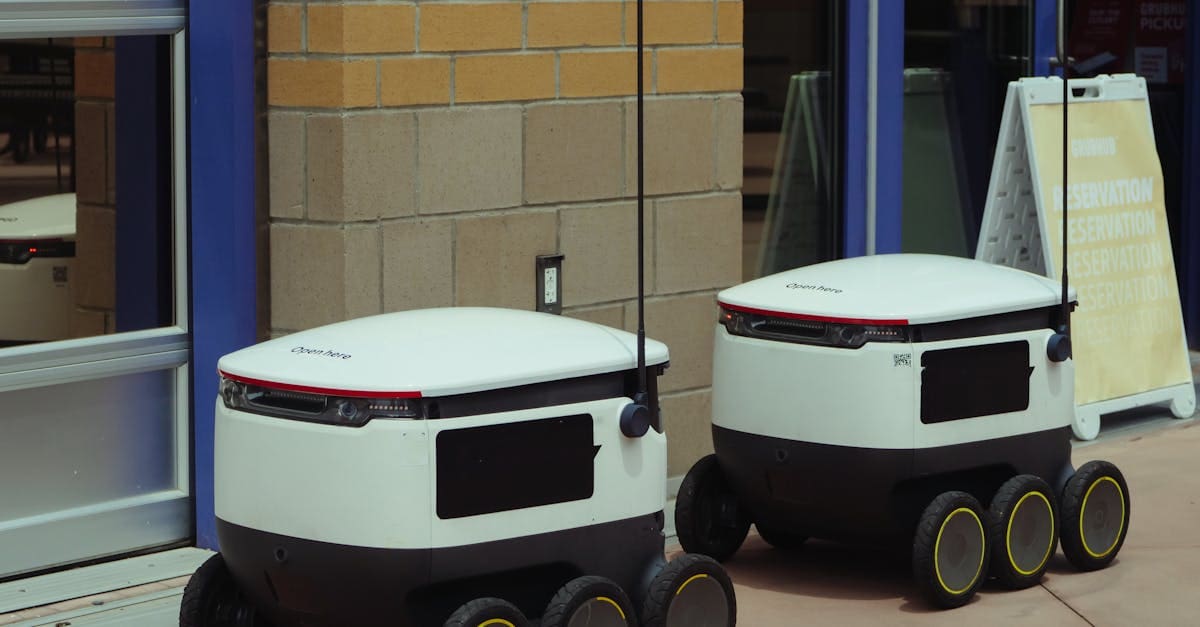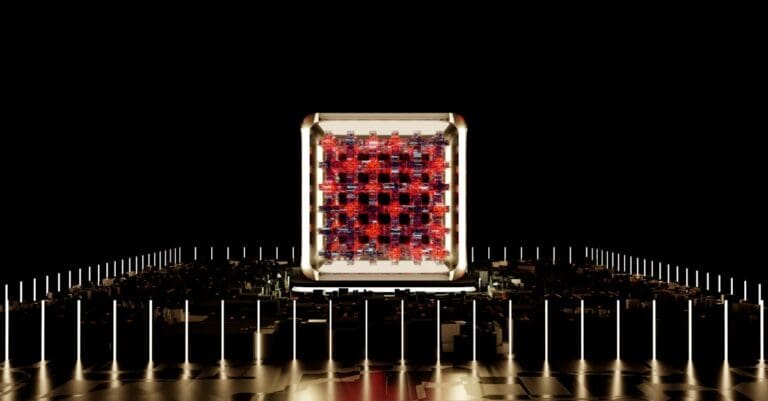7 Tools That Every AI Smart Textiles Enthusiast Needs
I recently discovered that the global smart textiles market is projected to skyrocket from $2.3 billion in 2021 to a whopping $6.6 billion by 2026. This leap in growth is largely due to innovations like AI smart textiles, which integrate artificial intelligence with fabric to create incredible applications. Imagine clothing that not only looks good but also tracks your heart rate or monitors your temperature. As an enthusiast, diving into the tools that support this exciting technology is crucial for staying ahead.
Understanding the advances in AI wearable technology and smart fabric AI means exploring the possibilities they bring to different fields, including health, sports, and fashion. With innovations in AI clothing technology and smart textiles robotics, there’s a whole world of potential. From conductive polymers to textile coating technology, the landscape of AI textile innovation is constantly evolving. These advancements focus on comfort, sustainability, and functionality, resulting in products like the revolutionary conductive smart textiles.
Are you curious about how AI fashion integration can drastically alter our daily lives? Let’s explore the tools every enthusiast should know about, and discover the future of smart textiles together.

Photo provided by Kindel Media on Pexels
In the article
- AI Smart Textiles Tools
- Key Innovations in AI Clothing Technology
- The Role of AI in garment industry
- Challenges and Opportunities in Smart Textiles
AI Smart Textiles Tools
AI Wearable Technology
When I think about AI wearable technology, I picture smart fabrics that can do amazing things like monitor health and improve the comfort of clothing. These innovations aren’t just about making clothes look cool; they’re about functionality and providing valuable data. For instance, AI clothing sensors can track everything from heart rates to body temperature, which is crucial for both athletes and people with health conditions. Therefore, these sensors allow for personalized health feedback, making our clothes an integral part of our wellness routines.
Another aspect I find fascinating is the capability of AI smart textiles to integrate seamlessly with everyday wear. The possibilities are endless, and the technology keeps advancing. Moreover, smart textiles robotics are increasingly involved in manufacturing, ensuring precision and efficiency in production. By using AI in garment production, we witness AI fashion integration that not only revolutionizes how clothes are made but also enhances the end product’s quality and performance. This shift signifies a move towards a future where garments adapt to our needs and environments dynamically.
Smart Fabric AI Innovation
Smart fabric AI innovation is paving the way for more sustainable textile production. With a focus on eco-friendly methods, AI textile innovation reduces waste and optimizes resource use. I believe that smart textiles AI offers a great opportunity for businesses to adopt sustainable practices while meeting consumer demands. Enhanced AI textile sustainability means less environmental impact without compromising on quality or function.
Incorporating new materials like conductive polymers, which enable textiles to conduct electricity while being soft and flexible, represents another leap in innovation. These materials are instrumental in creating AI clothing technology that is both versatile and resource-efficient. Designers and manufacturers can now explore more options for integrating technology into fabrics, such as using conductive textiles that keep us connected without the need for bulky devices. With textile coating technology, we can also improve durability and functionality, adding layers of capability to our garments.

Photo provided by Kindel Media on Pexels
Key Innovations in AI Clothing Technology
AI Fashion Integration
Integrating AI into fashion is not just about adding tech features but also about creating meaningful experiences. AI fashion integration blends style with practicality, ensuring that clothing serves multiple purposes. Think about your jacket being able to charge your phone or your shirt that can change color based on your mood. By smart textiles robotics, these innovations are pushing the boundaries of what clothing can do, truly transforming the fashion landscape.
AI Clothing Sensors
AI clothing sensors hold a significant role in both lifestyle and healthcare. Personally, I am excited about how these sensors are incorporated into garments to track vital signs and provide users with health insights. Imagine a t-shirt that consistently monitors your heart rate and alerts you to any irregularities, or a pair of sneakers that adjust their cushioning based on your running style. This technology provides a proactive approach to health management, giving users valuable data to enhance their well-being.
More importantly, these sensors are lightweight and unobtrusive, ensuring comfort while delivering crucial health data. With AI, the data collected can be analyzed to provide trends and patterns, helping users make informed decisions about their health and lifestyle. Therefore, AI textile innovation not only improves the garment’s functionality but also adds a new dimension to health care and monitoring through wearable technology.

Photo provided by Kindel Media on Pexels
The Role of AI in Garment Industry
AI Textile Innovation in Production
In the garment industry, AI textile innovation is transforming how clothes are produced. By integrating AI into the manufacturing process, operations become more efficient, reducing waste and optimizing the use of materials. Not only does this mean better quality garments, but it also supports sustainability efforts, so we can all feel good about the clothes we wear. This shift towards efficiency and sustainability is a critical step for the industry, focusing on both production and environmental impact.
The sustainability in AI textile production is a testament to the industry’s commitment to innovation and environmental stewardship. By using AI technology, garment producers can reduce their carbon footprint and waste, as well as improve production cycles and material usage. It also means that smart textiles combines technology and eco-friendly practices to offer better solutions for the future of fashion. The potential for this technology to redefine the garment industry is tremendous, from production processes to the final product.
Smart Textiles Robotics
Robotic technology in the textile industry is another exciting development. Smart textiles robotics enhance automation and precision in manufacturing, boosting productivity and ensuring high-quality output. Robotics can perform repetitive tasks with incredible accuracy, which improves garment quality and consistency. Therefore, the use of robotics leads to more efficient and cost-effective solutions for manufacturers.
- Textile robotics advantages: By improving efficiency and reducing costs.
- Improved garment quality: Robotics offer precise and consistent production.
- Cost-effective solutions: Lower production costs lead to affordable pricing.
Robotics are shaping the industry’s future by providing new ways to approach textiles’ manufacturing and production. The integration of robotics in textiles allows for AI in garment industry operations to become streamlined, paving the way for advanced practices and innovations that keep the industry competitive and responsive to market needs. This enhancement not only benefits manufacturers but also consumers, who receive higher quality and more innovative products.

Photo provided by Pavel Danilyuk on Pexels
Challenges and Opportunities in Smart Textiles
Smart textiles face several challenges, but they also present an array of opportunities for growth and innovation. Overcoming these challenges involves addressing issues like standardizing production processes and ensuring consumer trust in these new technologies. The potential for market growth is immense, as the technology continues to evolve and find new applications in various sectors. As such, there is a rapid expansion and future outlook for smart textiles, with emerging opportunities for innovation and development.
Market Growth and Potential
The smart textiles market is growing rapidly, driven by advancements in AI and IoT technologies. Experts predict the market will expand significantly in the coming years, presenting numerous opportunities for innovation. As I see it, the market growth is attributable not only to the technology itself but also to its applications across different sectors such as healthcare, sports, and AI textile sustainability initiatives.
For businesses and developers, this means there’s a vast potential for continued innovation and development in smart textiles. With the right strategies, these entities can address the current limitations and unlock new possibilities for both products and user experiences. As emerging opportunities arise, commitment to innovative solutions will be crucial in harnessing the full potential of smart textiles, ensuring they meet consumer expectations and contribute to a more sustainable future.
Innovative Solutions for Sustainability
The focus on reducing environmental impact in the smart textiles industry cannot be overstated. Through exploring eco-friendly alternatives such as conductive textiles, the industry seeks to create sustainable solutions that do not compromise on performance or quality. These alternatives enable manufacturers to reduce their environmental footprint while still offering highly functional and innovative products.
Furthermore, the industry’s dedication to sustainability is evident in efforts to recycle materials and reduce waste. With ongoing research and development, smart textiles continue to push boundaries, integrating features that enhance both the garment’s functionality and sustainability. The rise of sustainable practices in smart textiles underscores the industry’s commitment to a healthier planet, demonstrating a balance between progress and environmental responsibility.
Embracing the Future of Intelligent Fabrics
Throughout this journey into intelligent fabrics, I’ve highlighted the incredible potential of integrating technology into textiles. With the market’s rapid growth, expected to reach $6.6 billion by 2026, now is the perfect time to dive deep into the world of smart garments. These innovations offer more than just style; they provide functionality, such as health monitoring and environmental comfort. My exploration has shown that the blend of technology with textiles marks a significant advancement in fashion and wearables.
Now, it’s time to take action. I encourage you to explore ways to incorporate these dynamic textiles into everyday life or your industry. Whether it’s through wearable technology or the integration of conductive polymers, the possibilities are endless. Stay informed about market trends and advancements, such as the introduction of LEAD SKIN AIR, to enhance your understanding of how technology transforms fabrics. By staying engaged, you can harness the full potential of these textiles to meet your needs.
Finally, I invite you to share your thoughts and insights. Please consider reaching out or leaving a comment about your experiences with these technologies. Engaging with others interested in intelligent fabrics fosters a community that supports continued innovation. Share this journey with those around you, and let’s move forward, embracing the future of textile technology together.







